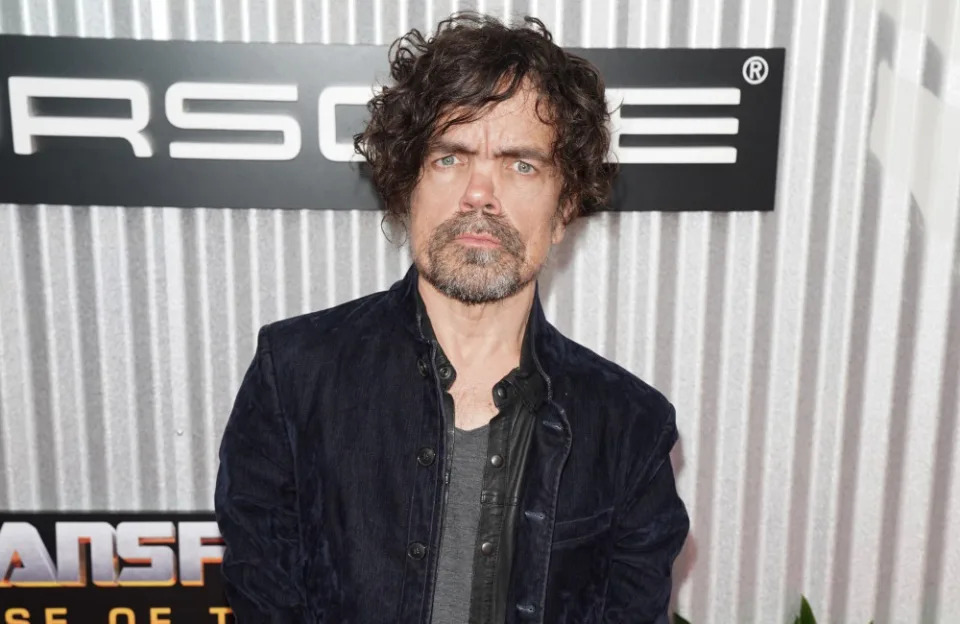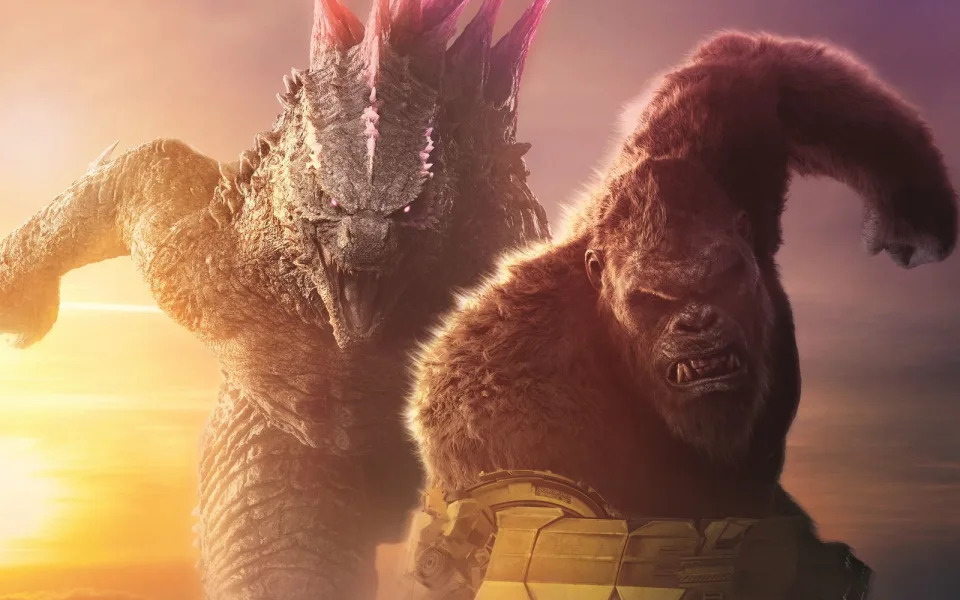
THRT spoke with Nia DaCosta, the comic book enthusiast who is now taking on her first major superhero film.
Captain Marvel, Monica Rambeau, and teenage Kamala Khan form a tough trio when it turns out their superpowers are connected by some sort of cosmic force. This is how the autumn MCU adventure “The Marvels” begins, taking us across the galaxy in search of answers.
The film is a sequel to 2019’s “Captain Marvel” while also revisiting characters from “Ms. Marvel” and “WandaVision.” Confusing? Director Nia DaCosta (“Candyman”) explains that she wanted to make sure no one felt left out, and that anyone can follow the adventure.
During a recent digital press conference, we also learned why horror directors are good at superheroes and how to counter the Marvel fatigue that more and more fans are complaining about.
You are new to the MCU, a film universe with 15 years of history behind it. And you haven’t just directed the film but also co-wrote the script. Did you have to do a lot of research, or were you already a big fan?
- Yes, there was a bit of homework. Even though I’m familiar with the MCU and have seen every film and read some comics when I was younger, you want to dive into specific things related to these three characters. I had never read anything about Monica. I also read about the incredible Captain Marvel comics, and that’s how it started.
What motivated you to enter the world of superheroes?
- The biggest motivation came from the fact that I was a big fan when I was growing up. Then the films came, and my interest blossomed even more. I saw it as an opportunity to play in a bigger sandbox. As a geek, I was also looking forward to adding something to Marvel’s canon, which is a great honor!
You have previously mentioned that you wanted your first Marvel film to follow a hero who excites you. I think you were talking about Ms. Marvel. What attracted you to her?
- She and I are very similar, at least when I was her age. We are both women of color from the New York area who are really big nerds and write fanfiction. She is so enthusiastic when it comes to superheroes. I liked her warmth and her family relationship. She was a cool new street-level hero when her comic came out about a decade ago. We wanted to make sure that all the great stuff from her comic book made it onto the big screen.
We have seen Captain Marvel in some previous films, and the TV series introduced Kamala and Monica. But not everyone may have followed all the series. How do you ensure that no viewer is left behind, and what do you recommend watching before “The Marvels”?
- Ensuring that no one is left behind and that everyone gets enough information was something we experimented with. It’s about finding the right balance. You want to fill in the gaps and tell what you should know from previous projects, but it shouldn’t feel repetitive. In the end, we are all familiar with the origin stories. We don’t need to explain how people got their superpowers. The MCU has been around for 15 years, and superhero movies have been around for decades before that. I think people can jump into the movie without knowing everything, as long as they want to get to know the characters.
- But if you want to delve deep and find out all the details, watch everything that has been done before. So “Ms. Marvel,” “WandaVision,” the first “Captain Marvel,” “Secret Invasion,” and then finish with “Endgame.”
As you said, Marvel movies have been around for fifteen years. Now people are starting to talk about superhero fatigue. Something new must come to keep it interesting. What do you think superhero films in the 2020s need?
- It’s so cool these days that people are finding new ways to approach the genre from different perspectives. Just look at how different “Suicide Squad” is from “The Suicide Squad.” Even though they are based on the same concept, they are done in two completely different ways. Every now and then, the genre gets a fresh start, like when “The Dark Knight” trilogy changed how people saw Batman after Tim Burton’s films. I think that’s cool. So it needs visionaries, auteurs, who can push the films forward.
Yes, it feels like a turning point for comic book movies in Hollywood. They have dominated for so long. Do you have any idea where the genre might be heading?
- I actually don’t know, but it will be exciting to see. It’s a genre I love. I look forward to whatever happens. You hear whispers about movies in the works… James Gunn is working with DC, and I think he will do a great job. We’ll see.
You are the youngest director on a Marvel film. Do you think that shows in the movie?
- I actually don’t think so. We had an 18-year-old lead role who made sure we all heard exactly how old we are… (laughs) Once, I bent down to pick up a piece of paper, and my knee made a cracking sound, and Iman said, “Oh my god.” So I don’t feel that young, to be honest.
Did you encounter any challenges with your first blockbuster?
- Of course. I’m making a film that is so much bigger than me, and part of a massive franchise. So I have to navigate that properly. It takes a lot of practice. The film took over three years to make. You learn to give and take.
We have read very different reports about the film’s budget. Everything from 130 million to 275 million dollars, which would make it one of the most expensive MCU films. Can you clarify that? Because it sets different expectations for the fans.
- I can’t clarify it at all, actually. But nothing written about budgets is usually true.
Your first major theatrical film was “Candyman.” And there are more directors who have transitioned from horror to the superhero genre recently, like Sam Raimi, for example. What do you think makes horror directors suitable for superhero films?
- It can be about genre filmmaking in general. Horror is about eliciting a specific reaction from the audience. You want them to react in a certain way. And it’s a bit the same with superhero films. There’s an expectation of what the genre should deliver, and there is a connection between horror and this type of film.
Do you want to do more in the genre?
- I like to diversify. My next film is an adaptation of Ibsen’s “Hedda Gabler,” so something completely different. I feel like I’m usually drawn in the opposite direction of what I’m currently doing. I hope to build a career that is not solely based on one type of film. I want to jump between genres and different scales of production and tell stories that resonate with me, regardless of what they are.
- “Hedda Gabler” is an incredible play. It features an incredible character. She is essentially like “Hamlet” for female stage actors. I was looking forward to telling a story about women and female anger.
What other films besides Marvel did you watch as inspiration for “The Marvels”?
- I watched some cool fight scenes that I love, like the bathroom fight in “Mission: Impossible 6.” There’s a fantastic scene in “Final Fantasy: Advent Children.” And I researched a lot about space since much of the film is set in space. I watched NASA material and IMAX films, which was incredible.
What was it like working with Brie Larson knowing that she is one of the most criticized Marvel actors?
- I didn’t bring that into the process at all. It’s funny, but there is a clear division. It has nothing to do with the work on the film. We don’t let that kind of negativity in because it would disrupt the process. We just focused on making the best possible version of our film.
You stepped into the director’s chair as a fan. How would you summarize the experience now? Was it everything you had imagined, or was there something that surprised you?
- It’s funny when you make a film as a fan because fans have a lot of opinions. And as a fan, I also have a lot of opinions. And Iman, who plays Ms. Marvel, is also a big fan. So we bombarded Kevin (Feige) with questions, suggestions, and emotions. That’s a lot of fun. But at the same time, you have to keep it separate from the directing work. You put on the director’s hat when you have dinner with Kevin. Or the fan hat, depending on what the conversation is about.
- But despite my obsession, filmmaking is really challenging. Making a big film like this is demanding. So it’s a mix. You have a lot of fun, and you are incredibly excited when you see all the sets and costumes. At the same time, it’s a constant struggle to make the film as good as possible.
Please tell us more about the plot of the film. And do you see it as a standalone adventure or a crucial puzzle piece in this Marvel phase?
- The film is about these three women who get entangled in something and have to figure out why they swap places with each other when they use their powers. Then, of course, they also have to deal with someone from Carol’s past who creates chaos in the galaxy. That makes it so much fun! Because we get to jump between different planets but also see more of Carol’s backstory, which I really liked in the first film.
- The film is a bit of both. It is deeply connected to the Marvel universe; they all have their backgrounds that we need to honor and develop. Where they are heading next, I don’t know. But I wanted the film to be called “The Marvels” because it’s about these three women, who are equals, forming their own little team.
“The Marvels” hits theaters on November 8th.



